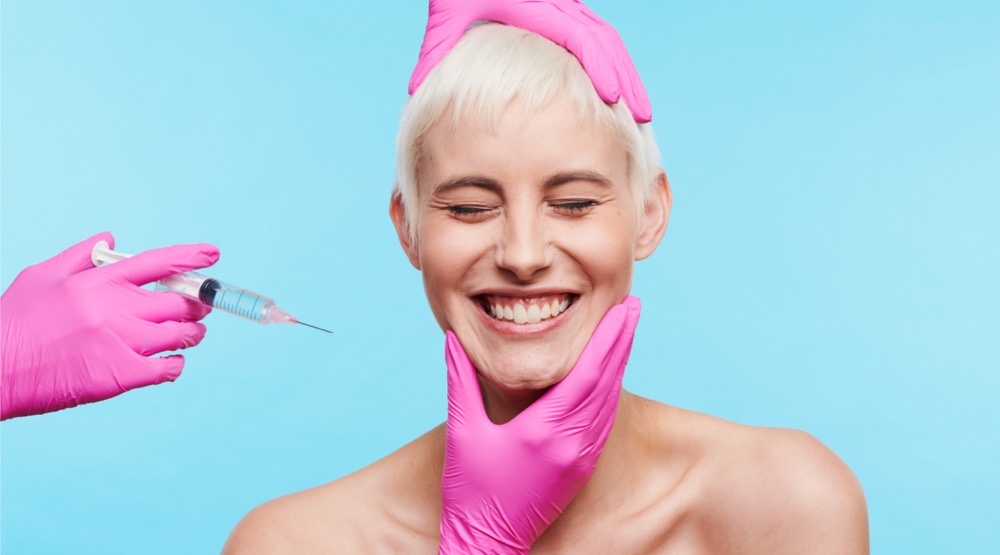It used to be that Botox and fillers were solidly on the to-do list for clients who wanted to reverse the signs of ageing they could see in their bathroom mirror. These days though, the average age of the client requesting injectables is significantly younger; millennials (aged in their 20s) are seemingly using fillers as their go-to preventative measures to the ageing process.
The fact that the stigma of visiting the cosmetic surgeon’s office has largely disappeared, thanks to the likes of Kim Kardashian and Chrissy Teigen Instagramming their Botox appointments, means that younger women (and, to a lesser degree, men) aren’t only making the appointment, they’re shouting about it in the process.
“The rise of social media has made cosmetic treatments very popular and trendy among younger people,” says Ehsan Jadoon, director of Perth’s Medaesthetics clinic. It’s a a bit of a catch-22, he says, because while it can be good for business, Ehsan stresses that it’s a clinician’s moral obligation to monitor requests from young people. “Personally, I believe we may be seeing overindulgence by some younger individuals who are having way too many treatments, and way too much product being injected in their faces.”
With reports that cosmetic surgery addictions can start from premature use of procedures, and with conditions such as body dysmorphia on the rise, Ehsan says it’s the responsibility of the treating doctor or nurse too ensure they’re not performing unnecessary treatments.
According to Ehsan, the most requested anti-ageing treatments are preventative Botox, microdermabrasion, peels and dermal fillers. And while he obviously sees value in the services he offers, he worries that millennials are too quick to jump on the surgical anti-ageing bandwagon. “In my opinion, preventative anti-ageing is really about being healthy and active and reducing a many stressors in life as possible – physical, emotional and environmental.”
For more news and updates, subscribe to our weekly newsletter.

